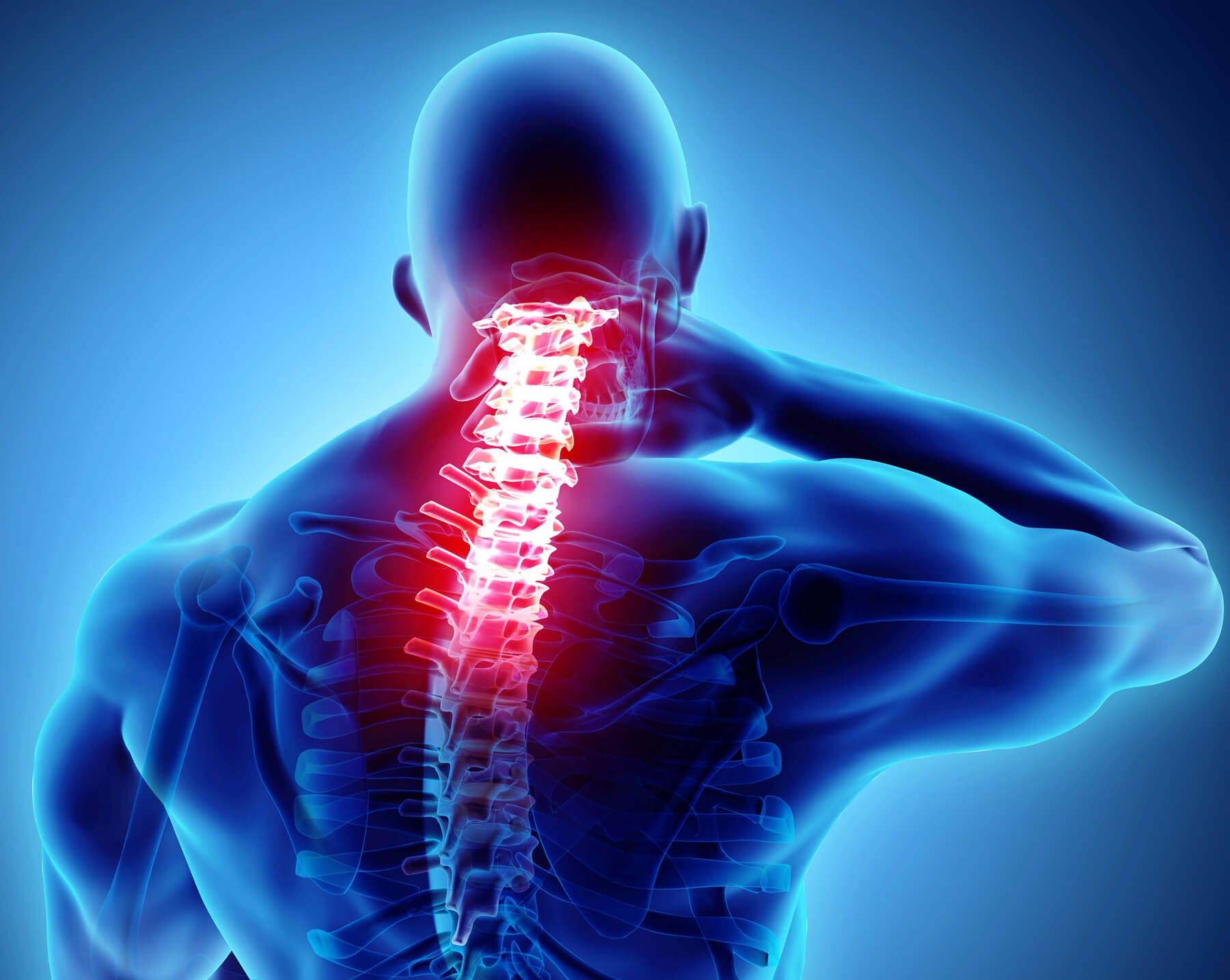

Our ServicesUpper Back Pain
Upper back pain, while less common than lower back pain, is no less frustrating. It can range from a mild discomfort to a sharp, stabbing sensation that disrupts daily activities. Whether it's caused by poor posture, muscle strain, or an underlying medical condition, understanding the root of your upper back pain is the first step toward relief.

What Is Upper Back Pain?

Upper back pain occurs in the thoracic spine—the area between your neck and the lower back. This part of the spine is more rigid compared to the neck and lower back, as it’s attached to the rib cage. As a result, it’s less prone to injury, but pain in this area still arises due to various triggers.
When conservative  care needs
care needs
a specialist’s touch.
touch.
Common Causes of Upper Back Pain
01.
Poor Posture
Slouching at a desk or hunching over a phone strains the muscles and ligaments in your upper back. Over time, this leads to chronic pain and stiffness.
Symptoms to Watch Out For
Dull, burning, or sharp pain in the upper back
Muscle stiffness or tightness
Pain that worsens with movement or poor posture
Limited range of motion
Headaches (when neck muscles are involved)
In severe cases, numbness, tingling, or weakness in the arms
When to See a DoctorSeek immediate medical attention if you experience:
Sudden, severe upper back pain after an injury
Pain accompanied by chest pain, shortness of breath, or jaw/arm pain (could mimic heart issues)
Persistent pain that doesn’t improve with rest
Signs of nerve involvement (numbness or tingling)

Effective Treatment and Prevention
1. Posture Correction
- Use ergonomic furniture.
- Take breaks to stretch during long sitting hours.
- Keep screens at eye level.
2. Stretching and Strengthening Exercises
- Yoga and physical therapy help increase flexibility and relieve tension.
- Strengthening the upper back and core supports proper alignment.
3. Hot and Cold Therapy
- Ice packs reduce inflammation.
- Warm compresses ease muscle stiffness.
4. Over-the-Counter Medications
- NSAIDs like ibuprofen can relieve pain and reduce swelling.
5. Massage and Chiropractic Care
- Professional therapies can target tight muscles and realign the spine.
6. Stress Management
- Meditation, deep breathing, or hobbies can reduce muscle tension linked to emotional stress.
Final Thoughts
Upper back pain is often a result of modern lifestyle habits-hours at a desk, minimal physical movement, and constant stress. The good news? Most cases are manageable with conservative care and a few lifestyle adjustments. If your symptoms persist or worsen, don’t hesitate to consult a healthcare provider. Your spine health is worth it.

